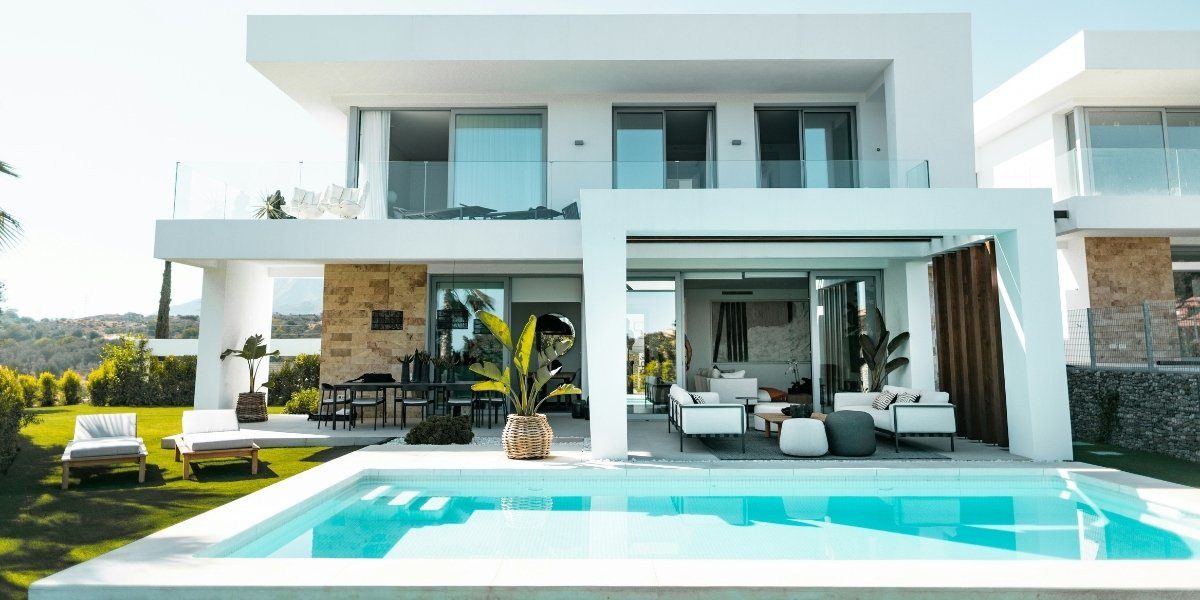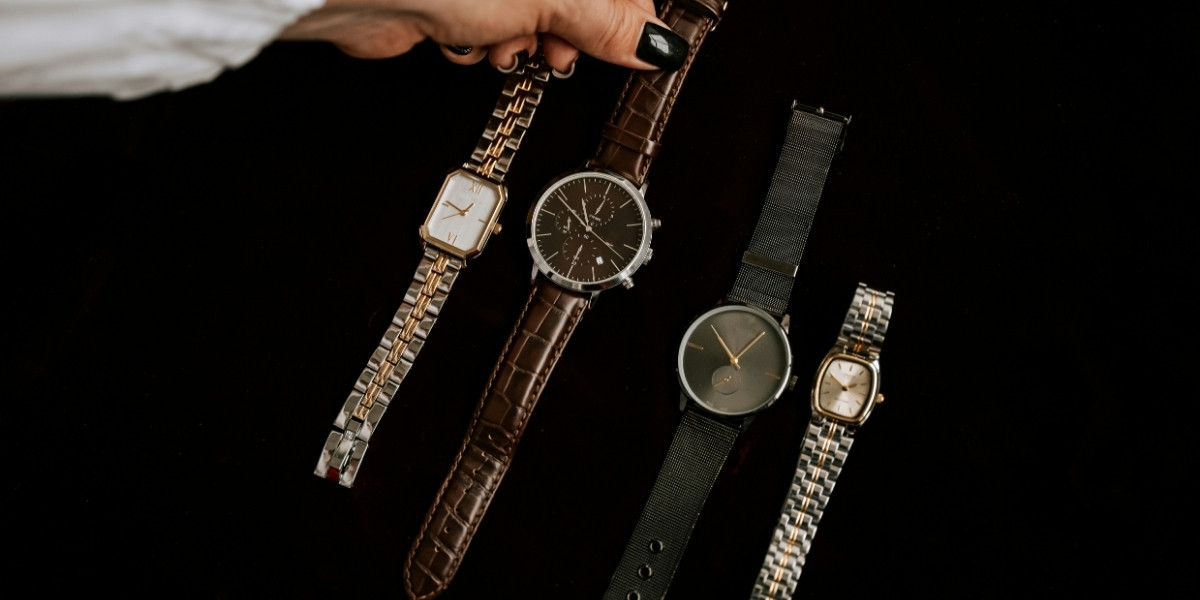What Defines Seattle’s Chateau and Mansion Market?
Seattle’s real estate landscape is renowned for its diversity, but among the most captivating segments is its chateau and mansion market. These grand estates reflect the city’s economic vitality, cultural sophistication, and scenic beauty. From historic chateaus inspired by European architecture to modern mansions boasting state-of-the-art amenities, this market caters to buyers seeking luxury, exclusivity, and distinctive character.
The allure of these properties goes beyond size; they symbolize lifestyle, privacy, and investment potential. Many estates are nestled in Seattle’s most prestigious neighborhoods, offering stunning views of Puget Sound, the Olympic Mountains, or the city skyline. The architectural variety—ranging from French Renaissance to contemporary designs—adds to the neighborhood’s charm and appeal. Seattle’s economic drivers, including technology and finance sectors, fuel demand in this high-end market. Understanding the unique characteristics of these estates provides insight into Seattle’s luxury real estate trends.
Read Also: Seattle’s Booming Real Estate Market
How Does Architecture Influence Seattle’s Grand Estates?
Architecture plays a pivotal role in defining the identity of Seattle’s chateaus and mansions. Many estates draw inspiration from classic European styles, such as French chateaus, Tudor revival, and Mediterranean villas. These designs emphasize grandeur through intricate stonework, steep roofs, ornate detailing, and expansive grounds. Contemporary mansions often blend luxury with sustainability, incorporating eco-friendly materials, smart home technology, and seamless indoor-outdoor living spaces. Large glass walls and open floor plans maximize natural light and capitalize on breathtaking views.
Historic estates carry a legacy of craftsmanship and artistry, with features like hand-carved woodwork, grand staircases, and custom fixtures. Preservation and restoration efforts maintain their unique charm while integrating modern comforts. Buyers often seek homes that reflect personal tastes and values, making architectural diversity a key market driver.
What Are the Key Factors Driving Demand in Seattle’s Luxury Estate Market?
Several factors contribute to the robust demand for luxury estates in Seattle. The city’s booming tech industry has created substantial wealth, attracting executives and entrepreneurs who desire exclusive residences.
Proximity to cultural institutions, top-tier schools, and recreational amenities enhances property desirability. Neighborhoods like Medina, Laurelhurst, and Broadmoor offer both privacy and access to urban conveniences. The scarcity of large, well-situated properties adds to their value. Zoning regulations and limited land availability in prime locations restrict supply, driving prices higher.
Additionally, low interest rates and favorable economic conditions have encouraged investment in real estate as a stable asset class. Lifestyle preferences also influence demand, with buyers prioritizing features such as private gardens, pools, wine cellars, and home theaters.
How Does the Market Address Challenges of Affordability and Accessibility?
While Seattle’s luxury estate market thrives, broader housing affordability remains a pressing challenge. The high prices of chateaus and mansions contrast sharply with the city’s overall housing needs. Developers and policymakers face the task of balancing luxury development with affordable housing initiatives. Some luxury estates incorporate sustainable design principles that reduce long-term operating costs and environmental impact, reflecting growing buyer interest in responsible ownership.
Innovative financing and zoning strategies are explored to increase housing diversity without undermining the character of established neighborhoods. Real estate professionals emphasize the importance of transparency and community engagement to address concerns about gentrification and displacement.
What Trends Are Shaping the Future of Seattle’s Grand Estates?
Seattle’s luxury estate market continues to evolve with emerging trends. The integration of smart home technology is becoming standard, with automation systems controlling lighting, security, climate, and entertainment.
Sustainability remains a focal point, with many estates pursuing green certifications and energy-efficient systems. Buyers increasingly value health and wellness amenities such as gyms, spa rooms, and meditation spaces. Outdoor living spaces have gained prominence, featuring landscaped gardens, outdoor kitchens, and heated pools designed for year-round use.
The COVID-19 pandemic shifted buyer priorities toward home offices and flexible living areas, influencing new construction and renovations. Virtual tours and digital marketing now play critical roles in attracting global buyers, expanding Seattle’s reach in the international luxury market.
Read Also: What’s Driving Seattle’s Real Estate Growth?
How Do Seattle’s Grand Estates Impact Local Communities and Economy?
Luxury estates contribute significantly to Seattle’s local economy through property taxes, employment in construction and maintenance, and support for local businesses. They help sustain cultural institutions through philanthropy and community involvement. However, their presence can also raise concerns about neighborhood exclusivity and economic disparities. Balancing these effects requires thoughtful urban planning and policies that foster inclusive growth.
Community initiatives that encourage dialogue between estate owners, neighbors, and local government help promote harmonious development. The luxury estate market’s vitality reflects Seattle’s broader economic health, highlighting the city’s capacity to attract and retain affluent residents.






